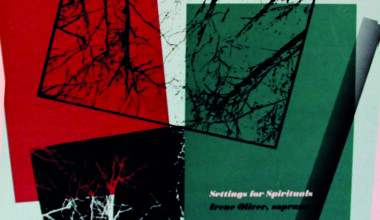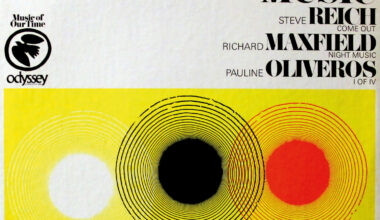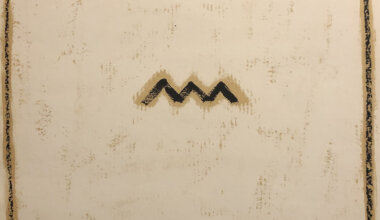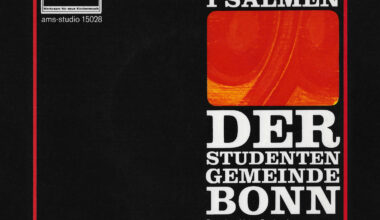Every electronic music collector needs a decent reference book and Hugh Davies’ ‘International Electronic Music Catalog’ from 1968 is one of the best. Inevitably, though, you also need others…

Hugh Davies was an English composer of electronic music who was part of Stockhausen’s live ensemble in the mid-1960s. Davies didn’t make that many records, maybe six in total, and he died in 2005. He was mostly interested in manipulating sound, so he would mic up conventional instruments and process the results, making them sound different, rather than starting with electronics.
Davies’ most significant contribution to electronic music is probably his 1968 book, ‘International Electronic Music Catalog’. It lists every major studio in the world that was making electronic music at the time, along with a discography from each place. Most of the book is given over to the composers who worked in the various studios, when they worked there and the titles of the pieces they produced. He also lists what each piece was composed for, whether it was for a film, a ballet, a radio broadcast or whatever.
Labels like SubRosa and Finders Keepers have often searched through Davies’ book to find out what was recorded in private studios and then get in touch with the owners to see if they have a stash of tapes in the attic they might want to put out. The book also has a section dedicated to tapes. In those days, some of the studios had tape services, where you could buy or rent copies of electronic compositions that were performed with multiple tape machines. Those are particularly obscure because they were never meant for release.
Hugh Davies’ good work was built on by several subsequent publications. ‘The International Electronic Music Discography’ by Miroslaw Kondracki, Marta Stankiewicz and Frits C Weiland updates the information to 1979 but, as the title suggests, it just lists records, not studios or tape services. There’s also ‘International Documentation Of Electroacoustic Music’ by Folkmar Hein and Thomas Seelig from 1996, which was very late for people being interested in this kind of thing, although many have since got back into it again. It’s got everything in it, every studio that ever existed, every piece ever recorded in them, every record ever released, and there’s even a studio list in the back. Both of these two books were published in Germany with very long German titles.
Another book, ‘Inventionen’ by Golo Föllmer, Roland Frank and Folkmar Hein from 1992, is a documentation of electronic music in Europe. I like it because it’s not only about the composers, it’s also about the equipment the studios had. So if somewhere had a Tempophon, an early tape-based transposing/time stretch device, it would be listed in there. When it goes down to that kind of detail for studios that don’t actually exist any more, it begs the question, how the fuck did they do it?
Half of these places weren’t even open at the time ‘Inventionen’ was written, never mind now. The book tells you the phone number of the studio, when it was established, how many works were done there, the name of the engineer. It doesn’t matter how new or old the studio. I’ve used it myself a few times when I’ve tried to get hold of various pieces of gear, but I’ve never had any luck. I remember trying a studio in Bourges in France. They had an EMS Vocoder, the big one, but they’d already closed down and sold everything by the time I got to them.
Finally, a quick mention for two English books, the two volumes of Peter Forrest’s ‘The A-Z Of Analogue Synthesisers’. These are solely about synths and they’re much less academic, but I find I’m always going back to them. The trouble is they’re pretty hard to get hold of now. Like a lot of this stuff, to be honest.





